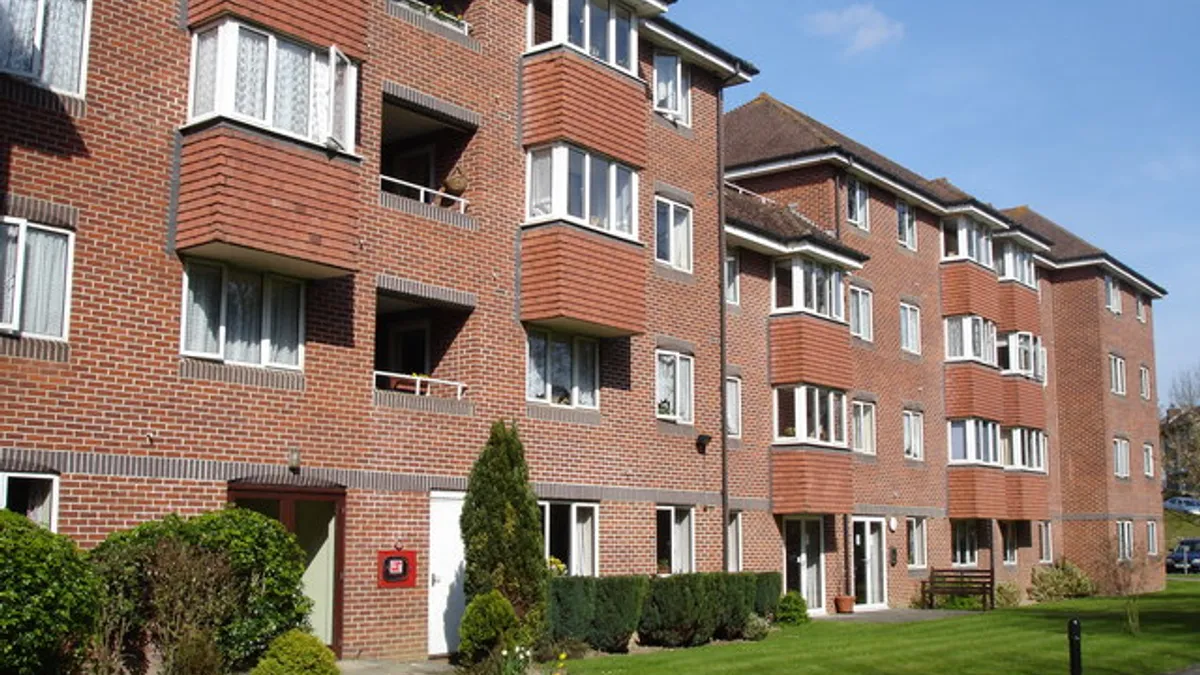Dive Brief:
-
Improving the energy performance of U.S. multifamily buildings — nearly 18.5 million households — could save $3.4 billion, but better building performance data capture is needed, according to a new report from the Institute for Market Transformation.
-
According to the IMT, building owners and managers typically follow rules for energy benchmarking and transparency but don't use the data to improve performance. As a result, residents lack information to make informed housing decisions, appraisers undervalue properties and buildings continue to under perform.
-
In its report, the IMT recommends strategies for improving water and energy savings, including gathering usable data, using that data to realize upgrades and how lenders and investors can better take performance data into account when valuing properties.
Dive Insight:
As the green building movement gains momentum, advocates are turning to data to contextualize the value of investments in sustainable construction methods and features. Performance data such as air quality, thermal comfort, daylighting levels, waste and occupancy are attainable and often mandated by the leading green building certifications.
For multifamily owners, investing in cost-effective energy upgrades holds particular value with regard to the volume and variety of tenants, who each bring unique preferences for how a space should perform. In its report, the IMT explains that investment in such upgrades can improve efficiency by 15% to 30% in multifamily buildings.
The rise of Internet-connected systems has the potential to push performance-based data collection further. A report last week from PricewaterhouseCoopers and the Urban Land Institute called data-driven cities the future for the residential and commercial real estate market, evidenced by the $500-million, 2.5-million-square-foot Gramercy District smart city in Ashburn, VA. There, residents will be able to engage with their surroundings using their mobile phone.
Existing buildings, however, have the greatest potential for energy efficiency upgrades, BREEAM USA CEO Barry Giles told Construction Dive last month, with 5.6 million commercial buildings already in the U.S.
Last week, the Massachusetts Institute of Technology's Center for Real Estate Investment launched its Real Estate Innovation Lab whose first task is to build a database of real estate infrastructure in New York City, from existing buildings to subway lines to fiber-optic cables, as the foundation for future connectivity.
For more housing news, sign up for our daily residential construction newsletter.








